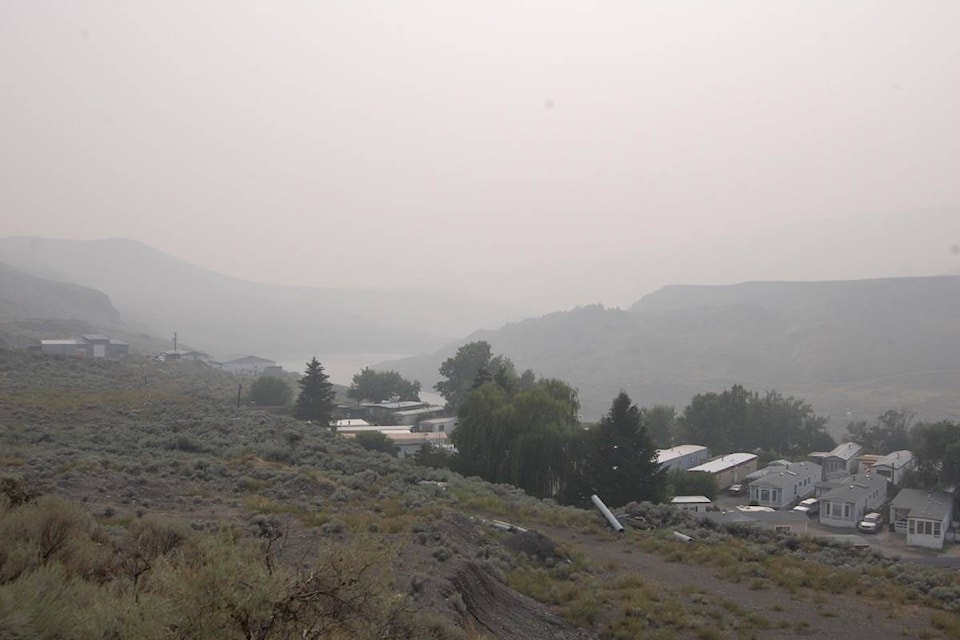The hundreds of wildfires burning around the province have created smoky skies across the Interior region, and residents are reminded to take precautions to protect their health.
Wildfires are a regular part of summer in British Columbia, and with them comes the potential for wildfire smoke pollution in and around communities across the Interior. The best way to cope with smoke pollution is to be prepared and take measures to reduce your exposure to smoke.
Smoke affects everyone differently, based on their health, age, exposure, and other personal factors. Smoke exposure can be particularly concerning for those who have underlying medical conditions such as asthma, COPD, heart disease, or diabetes. Infants, young children, the elderly, and pregnant women can also be affected.
The following can reduce the health risks associated with wildfire smoke:
· Reduce outdoor activity on smoky days.
· Stay cool and drink plenty of fluids.
· People with asthma or other chronic illness should activate their personal care plans and carry any rescue medications with them at all times.
· Find clean air shelters such as libraries, community centres, and shopping malls, as they often have cleaner, cooler air than smaller buildings or the outdoors.
· Consider purchasing a commercially available HEPA (high efficiency particulate air) filter and creating a clean air shelter in one room of your home.
· When indoors, keep the air clean (windows/doors closed, no smoking, no burning fireplaces/candles/incense, no vacuuming).
· In a vehicle, keep windows closed with air conditioning set to recirculate.
· Pay attention to local air quality reports and the conditions around you, because smoke levels can change over short periods and over small distances. A heavy haze, possibly accompanied by the smell of smoke, can indicate that smoke levels are higher than usual. Check the Air Quality Health Index in your area at http://ow.ly/1B4S30lltRS.
· Travel to areas with better air quality; conditions can vary greatly across geographic areas and elevations. See Environment and Climate Change Canada’s smoke forecast map at http://bit.ly/2vGtqd4 for more information.
For general information about smoke and your health, contact HealthLinkBC toll-free, 24 hours a day, seven days a week, at 8-1-1. See a health-care professional, or call 9-1-1 (emergency), if you are experiencing symptoms, including difficulty breathing and cardiovascular distress.
editorial@accjournal.ca
Like us on Facebook and follow us on Twitter
